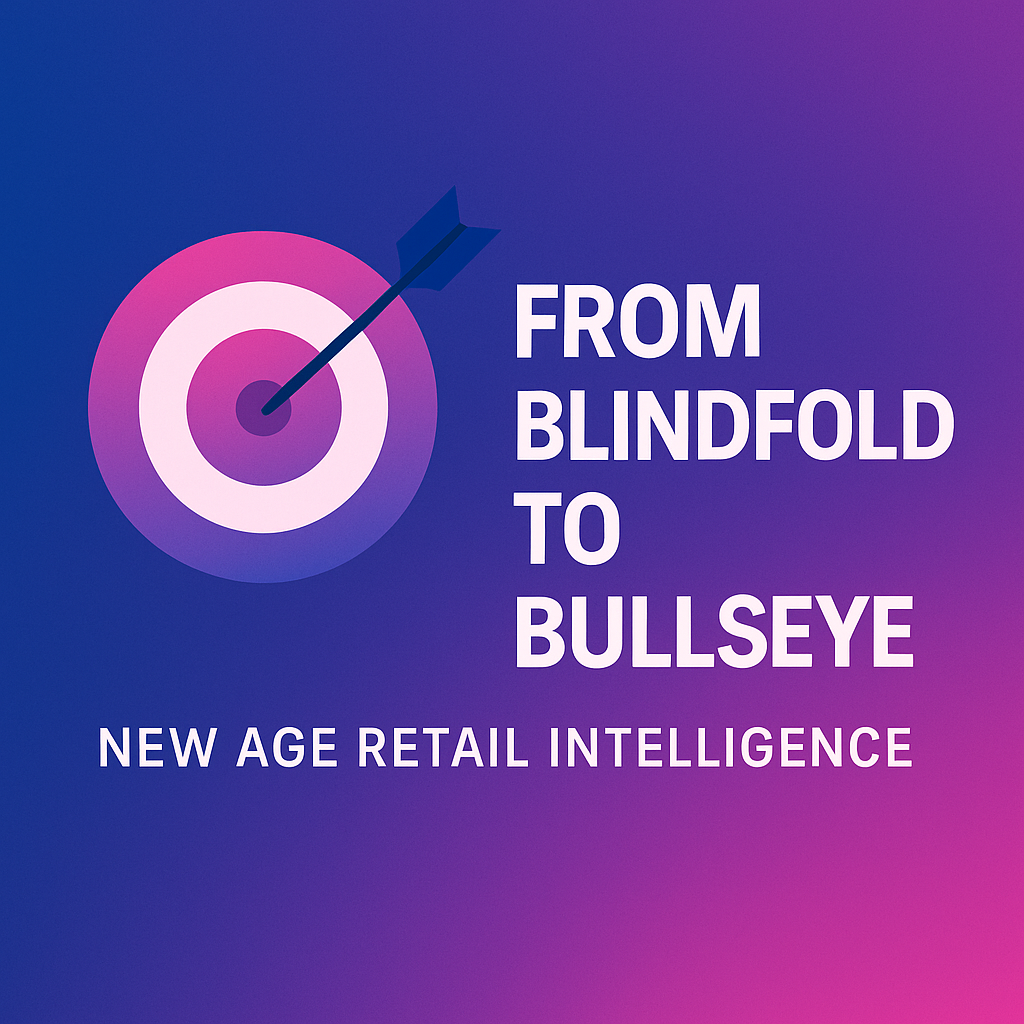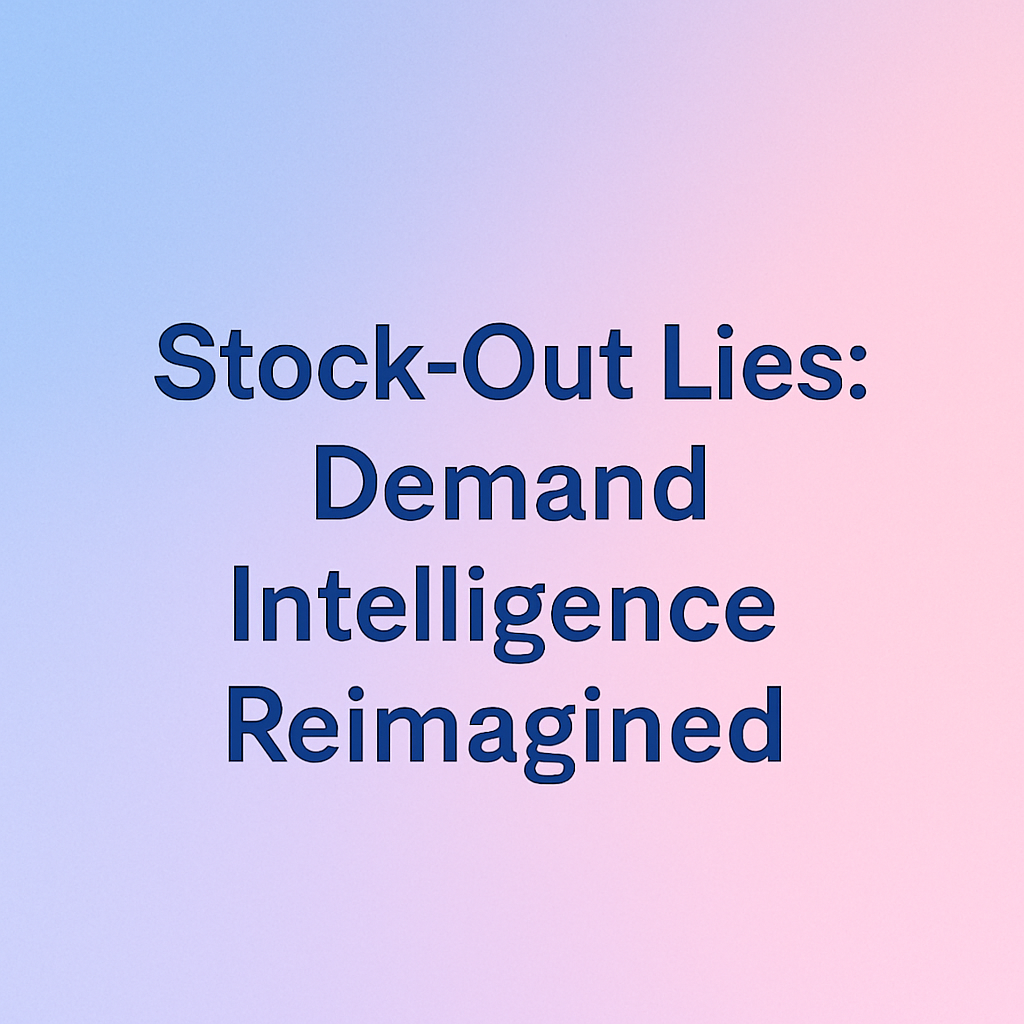Conversation On Fashion Forecasting Using AI With Intel

Recently Sharath Puranik, our head of technology and data science had a conversation with Intel on fashion forecasting using AI. The podcast talks about how we collaborated with Intel to augment the performance of the AI algorithms. Here is the podcast and the transcript of the same.
“Fashion Forecasting Using AI” Podcast Transcript
Jake Smith:
Welcome to Intel’s Conversations in the Cloud. I’m your host, Jake Smith. Join me as I speak with guests, from across the world, about the latest advancements in cloud and edge computing, data center technology, network infrastructure security, artificial intelligence, and more.
Jake Smith:
Good morning, good afternoon, or good evening wherever you may be in the world. My name is Jake Smith and welcome to another episode of Conversations in the Cloud. I am joined today by Sharath Puranik, director of product and engineering at Stylumia. Welcome, Sharath.
Sharath Puranik:
Hello, everybody. Really glad to be here and we have a great conversation ahead.
Jake Smith:
Sharath, can you give our listeners a little bit of background about Stylumia and about your background that got you to this point?
Sharath Puranik:
Oh, yes. About Stylumia, we are a five-year-old startup based out of Bangalore, India. All of this started in 2015 and ’16 when we looked at the technology available and the solutions available for fashion forecasting and demand planning. We observed that all of them were either extremely subjective in nature, or driven by human intuition, or driven by traditional consumer research, just following what consumers say on data platforms that completely provided supply-driven signals. We observed that none of these methods actually solved the fundamental challenge in fashion trendspotting or prediction and the business metrics of full-price sell-through, which is what drives the entire fashion industry always continued to remain around 50%, which is causing about $750 billion worth of wastage per annum globally. The biggest wastage we observed was actually caused by ill-informed decision-making, which is to say there’s plenty of data available, but none of them accessible, easily available for any of these brands.
Sharath Puranik:
That’s when we realized that we need a different kind of technology and a very different kind of company to build it, which is why we actually got together and created Stylumia. Going back a little bit, just a year before that, our CEO, Mr Ganesh Subramanian was actually the chief operating officer of Myntra, which was a tech-based fashion startup at that time. It’s now India’s largest online marketplace for fashion. That’s when he came across using AI and technology to solve fashion related problems at scale. He actually was their chief innovation officer there, where he ran a pilot where they created the first AI-driven fashion brand in the world, which is also a case study now called Moda Rapido. I was part of another AI lab there which helped Myntra create this trend through the AI technology we provided. What we observed was, an AI-driven brand without any marketing support, without any promotional support, actually was giving three to four times the returns of any other brand that Myntra created.
Sharath Puranik:
That’s when we saw the power of data and the power of AI. I, Ganesh, and a couple of us got together. We started Stylumia and now it’s one of the fastest-growing fashion tech startups. We have clients ranging from Fortune 100 to SMEs and our entire goal is solving the fundamental challenge of business, which is predicting future demand for unseen products or establishing very, very credible trends and helping our users bridge that demand-supply gap.
Jake Smith:
Well, that’s outstanding. One of the things that’s very interesting is, trying to understand your relationship with Intel.
Sharath Puranik:
Yeah. We became part of the Intel AI Builders program about a year back. What we realized was that we have a huge amount of data that we have been collecting for the last five years. A lot of our models were GPU-based, incurring tremendous costs. Of course, the computational power required for GPUs is significantly more. That’s when we realized that using Intel’s technology and Intel’s expertise in hardware, computing could be of tremendous value not just for us, but for all of our consumers and for users as well. The moment this Builders program started, we actually started transferring all of our AI models to the OpenVINO framework that Intel has. This exercise made us realize that none of our core AI models actually required GPU and the significantly more computational power that they required. So we actually converted all of our AI models to the OpenVINO framework.
Sharath Puranik:
Now, they’re all running on Intel Xeon Scalable architecture and we’ve increased our hardware resource utilization from 20 to 40% to right up to 80 to 90%, varying across all of our models. What really made this journey incredible, I would say, is that shifting from GPU-based architectures to the OpenVINO and the Intel’s Xeon architectures actually improved our speeds by several times more than what we anticipated. It’s been a fantastic journey so far, we are still engaged with the Intel AI Builders team and hope we continue this journey going forward as well.
Jake Smith:
Well, AI Builders is one of my favorite programs and the team is just doing an outstanding job. One of the questions that I have, though, is when you’re working with AI Builders, what is the thing that you like the most and what do you think your organization has gotten the most out of?
Sharath Puranik:
That’s a great question, actually. One of the things that I and my engineering team has loved about working with the Intel team is, the depth of knowledge that we get access to, with respect to not just computation, but even some of the parameters, right? It’s so deep, the engagement and the depth of knowledge we get access to are so vast that we are seeing benefits right across the spectrum, not just with AI, but we’re learning things about Intel Xeon architectures that we never dreamt were available as well. That being said, the biggest benefit, of course, is like I mentioned before, the speed of our AI models. This is critical to us because we have about 25 million data points coming in across any day. We have, in total, about five billion data signals which are being processed on a day-to-day basis. So, speed and scale is something that’s really critical. I think the Intel AI team has definitely enabled that for us.
Jake Smith:
One of the things that were exciting for me about this interview and discussion was that you guys are serving the entire industry. Can you talk about some of the customers that you’re serving?
Sharath Puranik:
Yeah. We have customers, like I mentioned, right from Fortune 100 companies based out of the US, Europe, to really small fashion startups, I would say, based out of India, because everybody is now moving towards fast fashion, getting their supply chains quicker, making products as the trends change faster and faster. The biggest benefit that we have seen is, yes, of course, as the AI models speed up, we know our users get to see more and more benefits. We have some of India’s biggest fashion brands as our customers. We have one of America’s, I would say, the biggest home improvement chains as one of our customers. We have some really well-established brands based out of Europe as our customers and we’re just growing. This engagement has enabled us to scale even more.
Jake Smith:
Well, where can our listeners find out more information about the work that Stylumia is doing and your customers?
Sharath Puranik:
Our website is stylumia.ai, as simple as that. Our entire website is actually tailor-made towards understanding our customers’ needs. There’s a prominent button where customers can get in touch with us and they can drop us an email, or there’s a get a demo form there, which they can fill in and very, very quickly a team of presales people would get in touch with you. Of course, we are extremely active on LinkedIn, Twitter, Facebook. So anybody can reach us out at this social media any time and we’re generally very, very quick to respond.
Jake Smith:
Outstanding work, Sharath. One of my favorite questions, as our team knows, is this final one. Stylumia has really touched many industries. You’ve looked across a lot of verticals. Certainly, the retail industry is benefiting from your innovative technology. What does the future hold for Stylumia and what does the future hold for AI?
Sharath Puranik:
Ah, that’s a very deep question, I would say. Like I mentioned before, especially in retail, I think it’s all going to be about bridging that demand-supply gap, right? Retailers are making fashion products that the consumers don’t need, or don’t require, or are not interested in. That’s causing huge gaps in their inventory optimization or causing problems with assortment for stores. So, I see retail moving more towards bridging that supply and demand gap. Unless you know what the customer needs, don’t make it. I think that is where the retail industry needs to head to. With respect to AI, I think it’s been an explosive journey for AI for the past few years. I only see it getting more and more integrated into all spectrums of our life and of course, retail as well. One of the core technologies that we built is one of a kind demand sensing engine, which again is powered by AI and it’s only getting augmented with more and more demand signals, completely powered by AI.
Jake Smith:
Well, I would certainly thank you for joining us today. I know our listeners are going to benefit a lot and the more they find out about Stylumia as you grow through the AI Builders program and so many other ways that you’re growing as one of the six circular change-makers by the United Nations. I mean, what an amazing thing. I want to thank you, Sharath, for joining us. On behalf of Sharath Puranik, director of product and engineering at Stylumia, my name’s Jake Smith, and this has been another episode of Conversations in the Cloud. Wherever you may be in the world, we wish you a good morning, good afternoon, and good night.



